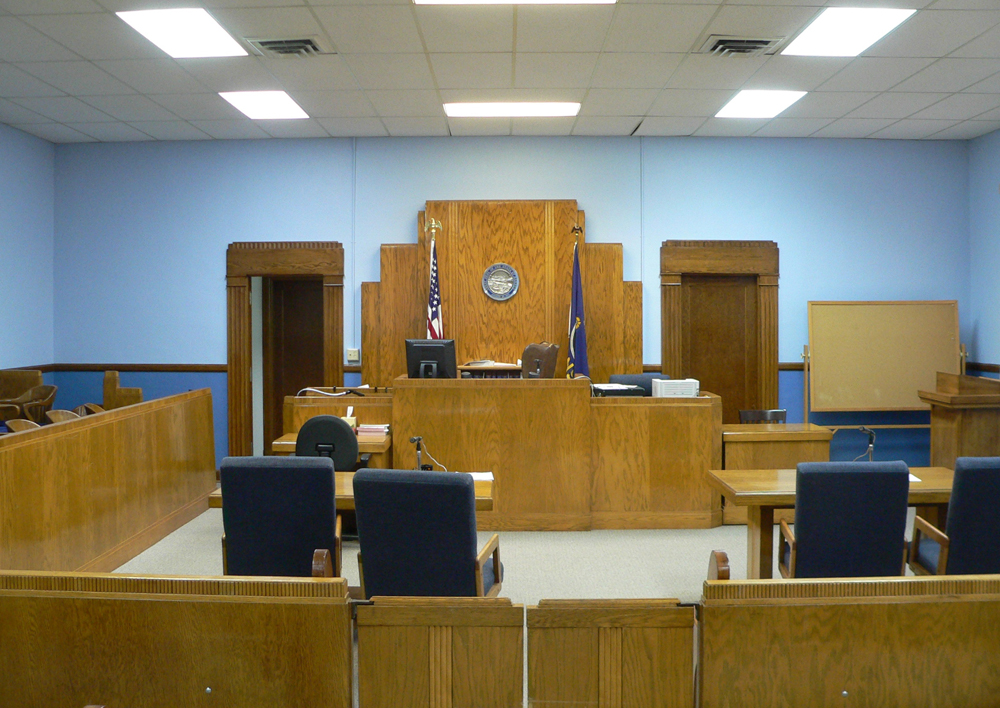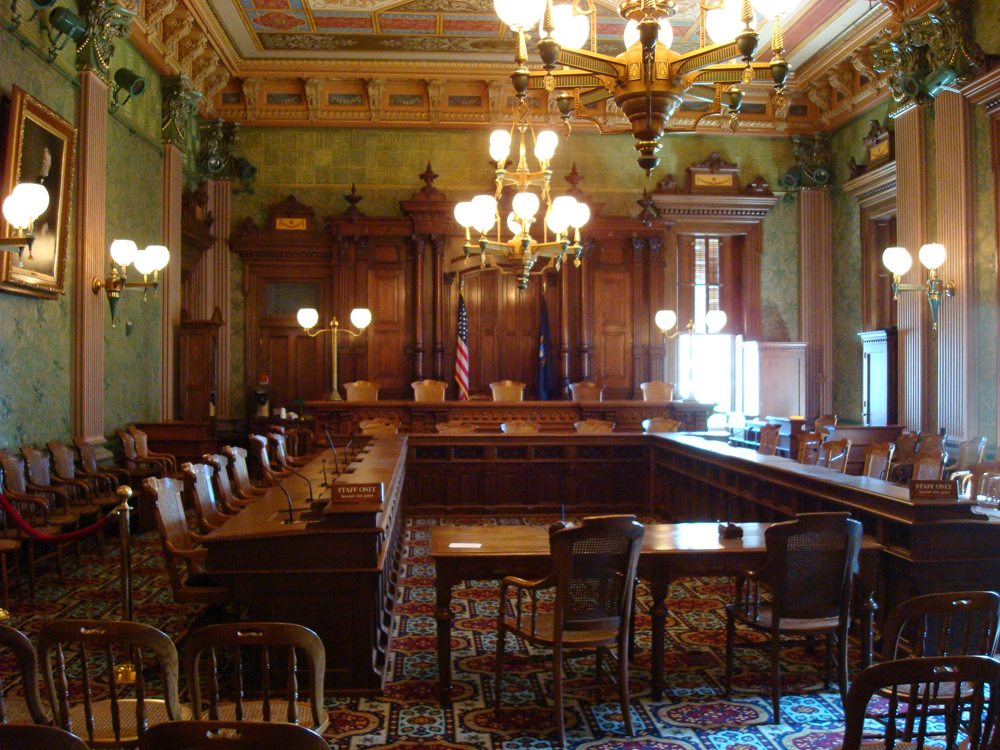| << Chapter < Page | Chapter >> Page > |
State police have the authority to enforce statewide laws, including regulating traffic on highways. Local or county police, on the other hand, have a limited jurisdiction with authority only in the town or county in which they serve.

Once a crime has been committed and a violator has been identified by the police, the case goes to court. A court is a system that has the authority to make decisions based on law. The U.S. judicial system is divided into federal courts and state courts. As the name implies, federal courts (including the U.S. Supreme Court) deal with federal matters, including trade disputes, military justice, and government lawsuits. Judges who preside over federal courts are selected by the president with the consent of Congress.
State courts vary in their structure but generally include three levels: trial courts, appellate courts, and state supreme courts. In contrast to the large courtroom trials in TV shows, most noncriminal cases are decided by a judge without a jury present. Traffic court and small claims court are both types of trial courts that handle specific civil matters.
Criminal cases are heard by trial courts with general jurisdictions. Usually, a judge and jury are both present. It is the jury’s responsibility to determine guilt and the judge’s responsibility to determine the penalty, though in some states the jury may also decide the penalty. Unless a defendant is found “not guilty,” any member of the prosecution or defense (whichever is the losing side) can appeal the case to a higher court. In some states, the case then goes to a special appellate court; in others it goes to the highest state court, often known as the state supreme court.


The corrections system , more commonly known as the prison system, is charged with supervising individuals who have been arrested, convicted, and sentenced for a criminal offense. At the end of 2010, approximately seven million U.S. men and women were behind bars (BJS 2011d).
The U.S. incarceration rate has grown considerably in the last hundred years. In 2008, more than 1 in 100 U.S. adults were in jail or prison, the highest benchmark in our nation’s history. And while the United States accounts for 5 percent of the global population, we have 25 percent of the world’s inmates, the largest number of prisoners in the world (Liptak 2008b).
Prison is different from jail. A jail provides temporary confinement, usually while an individual awaits trial or parole. Prisons are facilities built for individuals serving sentences of more than a year. Whereas jails are small and local, prisons are large and run by either the state or the federal government.

Notification Switch
Would you like to follow the 'Introduction to sociology 2e' conversation and receive update notifications?